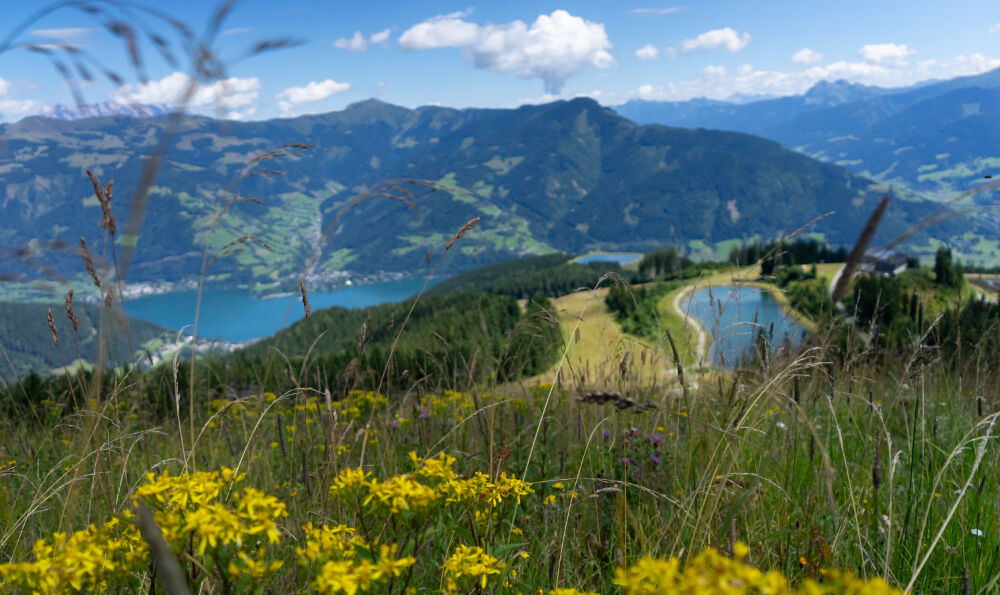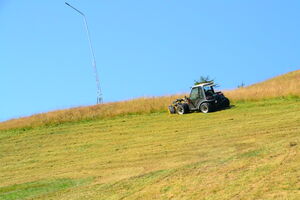Sustainable piste management on the Schmittenhöhe in Zell am See
published on · Sustainability
On Zell’s landmark mountain, environmental responsibility and piste management go hand in hand. Schmittenhöhebahn AG has been ensuring that the slopes remain stable, safe, and perfectly groomed for winter sports. At the same time, sustainable initiatives during the summer months help protect biodiversity and vital habitats for local insects, plants and wildlife.
The result: For over a decade, Schmittenhöhebahn AG has been the only cable car company in certified by the European environmental management system EMAS.
The green foundation: ecology advisory board & three-pillar model
It all began in 2011, when Schmittenhöhebahn AG took the initiative to establish its own ecology advisory board. This expert panel supports the executive board by providing guidance on key environmental decisions and developing protective measures for ecologically sensitive areas. Renowned specialists such as Dr. Helmut Wittmann and Univ. Prof. Dr. Ulrike Pröbstl bring their extensive knowledge and experience to the advisory process.
Piste management in harmony with nature
How can the slopes of the Schmittenhöhe be managed sustainably? What types of machinery are used? Why is GPS-supported area mapping essential? And how does seed harvesting contribute to preserving local biodiversity? We spoke to Michael Koll, Group Leader for Slope Safety, Snowmaking, and Summer Management, as well as Michael Brüggl, Head of Environmental Protection and Sustainability, to get answers to these questions. Their insights offer a fascinating look into the Schmittenhöhe’s well-coordinated sustainability strategy.
Digital support
State-of-the-art technology enhances both efficiency and sustainability. On Zell’s landmark mountain, all areas are precisely measured using GPS. This enables accurate documentation of snow depth in winter and detailed tracking of maintenance activities in summer through a digital fleet management system. The data collected serves as a valuable foundation for refining and developing future sustainability strategies in both piste and snow management.
Preserving biodiversity: sustainable meadow maintenance
Sustainable piste maintenance delivers dual benefits: It ensures safe, stable ski slopes in winter and actively supports biodiversity on the Schmittenhöhe.
- Late mowing and untouched meadow edges have helped foster remarkable biodiversity. To date, more than 33 species of local wild bees have been identified. The Hirschkogel slope stands out as the most species-rich: It is home to over 70 types of ferns and flowering plants.
- Seed harvesting from local meadows plays an important role in the natural regeneration process. From just one hectare on Hirschkogel, around
- 25 kilograms of native seeds are collected and later used for reseeding, helping to close the ecological cycle on Zell’s landmark mountain.
Schmitten tip
Curious to learn more about the Schmittenhöhe’s sustainability initiatives? Whether you're interested in fascinating biodiversity studies, in-depth details about our environmental efforts, or looking for a recommendation: You’ll find it all on our dedicated sustainability page.
















